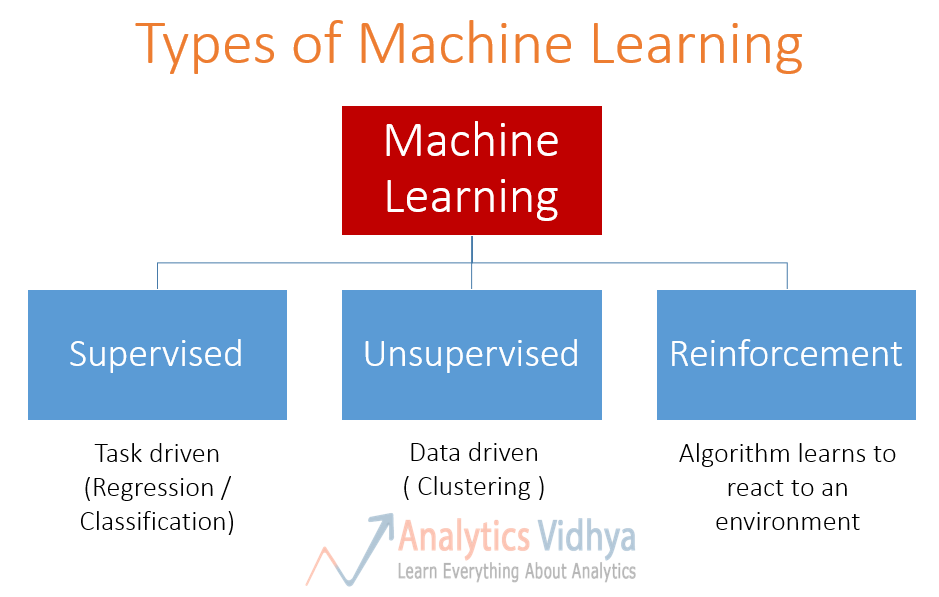Data analytics is playing an increasingly important role in businesses as well as everyday life and is constantly evolving. Data Analytics trends are creating a buzz these days and changing the professional world. If you are already in this space or transitioning into it, watch out for these to stay updated and on top of your game!
Let’s look at the top 6 data analytics trends:
1. The Internet of Things (IoT)

The Internet of Things (IoT) can be simply defined as a system of interrelated computing devices, mechanical and digital machines, objects, animals or people. A system of things that are provided with unique identifiers and the ability to transfer data over a network. All these, without requiring human-to-human or human-to-computer interaction.
We have seen a huge rise in the number of IoT sensors around us, with more and more connected devices becoming widely available. The IoT technology is now prevalent in things and lifestyle items that have become indispensable to us – our cars, for example. It has also gained importance in industries such as transportation, energy and healthcare.
In each case, data from IoT is being used with increasing accuracy to make systems more efficient. For example, in the oil and gas industry, the sensors have been able to improve safety and reduce costs, while in healthcare, they have allowed remote monitoring of patients and tracking of medication orders, among other functions.
Apart from improving efficiency, data derived from IoT is used by companies to derive greater insight into their customers’ lives. This allows them to target advertising more effectively.
This scenario looks set to continue in 2020 and further into the future. Cisco estimates that by 2020 there will be 50 billion IoT sensors and, by 2030, Intel predicts that there will be more than 200 billion. It is clear that now is the time to start making use of this technology and data derived from it, as if you don’t, you and your business may face a serious risk of becoming outdated. Companies such as Amazon, AT&T and Bosch are being touted to be the biggest enablers of the upcoming IoT revolution.
Our learners also read: Python free courses!

2. Artificial Intelligence (AI) and Machine Learning

Simply put, artificial intelligence (AI) is a part of computer science. Its goal is to enable the development of computers that are able to do things normally done by people – in particular, things associated with people acting intelligently. Even within AI, there are bifurcations based on whether it is ‘Strong AI’ or ‘Weak AI,’ and further whether it is ‘Narrow AI’ or ‘General AI.’
Strongly linked to IoT, both AI and Machine Learning are predicted to be the biggest disruptive factors in analytics, over the next few years. AI already forms an integral part of many websites, most notably Facebook, Amazon and Google and is being used increasingly by internet companies, in a number of ways, as technology develops.

As computers become capable of learning from data, more than ever, they keep revolutionizing the science of analytics and data management. The industry is geared more and more towards proactive, real-time data analysis. This type of analysis allows businesses to stay more in control since they are immediately notified of any unexpected event and can take steps to solve any problems or capitalise on opportunities.
One of the growing uses of AI can be seen in the rise of cognitive chatbots. An example of these would be an interactive customer-service dialogue box that appears on reaching a certain point on a webpage. Chatbots learn using the data they collect and can communicate in natural language conversations. Since they dramatically improve efficiency, they are beginning to be used more and more in business.

Machine learning is a method of data analysis, which uses algorithms that learn from data. Machine learning allows computers to find hidden insights without being explicitly programmed where to look. Self-driving Google cars, recommendations by Amazon, Flipkart and Netflix, knowing what customers are saying about your business on Twitter, are all examples of machine learning at play.
Read our popular Data Science Articles
What is the difference between AI and machine learning?
To put it very simply: machine learning is a subset or type of AI. While AI is the broader concept of machines being able to carry out tasks in a way that we would consider “smart,” machine learning is an application of AI-based on the idea that we should just be able to give machines access to data and let them learn for themselves.
AI and machine learning is at the heart of business data analytics trends and continue to transform the future of work – as more and more organizations begin to imbibe advanced analytics and algorithms to help them stay competitive.

Explore our Popular Data Science Certifications
3. Open Source Software

Open source software is software with source code that anyone can inspect, modify, and enhance.
With more and more companies making open source software a part of their approach, this type of software development looks set to grow rapidly. Organizations that have embraced open source in one way or another include Google, Apple, IBM, Cisco and Microsoft.
Increasingly, enterprises are likely to be first looking for open source technology when buying. Proprietary software is slowly being viewed as a dead-end (developers may stop working on the software). Open source, on the other hand, offers much greater possibilities for continued innovation, since an unlimited number of people can contribute to the development process.
Top Data Science Skills to Learn
| SL. No | Top Data Science Skills to Learn | |
| 1 | Data Analysis Programs | Inferential Statistics Programs |
| 2 | Hypothesis Testing Programs | Logistic Regression Programs |
| 3 | Linear Regression Programs | Linear Algebra for Analysis Programs |
For vendors without an open source element to their product, it seems likely that things could get much more difficult in 2020.

4. The End of Moore’s Law

Moore’s Law – the observation that the number of transistors per square inch of chip doubles roughly every 2 years – has been an accurate predictor of transistor development for the last 50 years. However, the industry agrees that this level of exponential growth can’t be sustained for much longer. Some studies have even predicted that 2020 may be the year when physical limitations start to affect developments.
This means that companies face the need to become more creative as they try to maintain low costs of processing and storage. Several possibilities are currently being explored. These include: general improvements to the design of chips; reconfigurable chips and specialized chips which are tuned to certain vital algorithms.
It isn’t certain how much longer Moore’s Law will be useful, but this year will certainly see companies working to develop alternatives to it.

5. Unstructured Data

The growing importance of unstructured data looks set to continue in the new year – if the value is tapped into. Data from emails, social media, call center notes and the results of open-ended surveys, among others, is becoming ever more important in analytics, to the extent that it is starting to dominate the field.
Predictive analytics (another vital data industry trend) needs both structured and unstructured data to produce accurate results. Structured data can give a clear picture of what is happening to a company’s sales, but unstructured data is needed to understand why it is happening.
The overwhelming majority of new data is now unstructured (almost 80% in 2015), and this can pose challenges. Companies will need to focus on finding a way to store unstructured data that will allow them to access, use and analyse it easily.
upGrad’s Exclusive Data Science Webinar for you –
Watch our Webinar on How to Build Digital & Data Mindset?
How Uber Uses Data Analytics For Supply Positioning and Segmentation

6. Talent Trends in the Data Analytics Industry
The growth of the data science industry has led to new employment trends in this field. These include:
- A growing number of IT professionals are moving into the data analytics industry. As the number of vacancies available for data analytics posts continues to grow, more and more people with strong IT skills will be taking advantage of opportunities to develop their data analysis skills. This trend looks set to continue well into the next year.
- Data science roles are evolving. As the ability of analytics tasks to be automated is expanding, the role of the data scientist is continuing to change and evolve. It seems unlikely, however, that this role will disappear completely. Automation may take up the data preparation tasks where data scientists currently spend 70-80% of their time. These changes may or may not begin in 2020, but they are very likely to be a feature of the next five years or more.
With major developments regularly occurring in the data analytics industry, it’s always exciting to think about where the industry is heading next. While the IoT and AI seem likely to play the biggest roles in the coming year, organizations will also need to think about the other data analytics trends we have listed above, as all of these will be vital to further individual and collective success in this field.
Learn data science courses from the World’s top Universities. Earn Executive PG Programs, Advanced Certificate Programs, or Masters Programs to fast-track your career.
























![Data Mining Techniques & Tools: Types of Data, Methods, Applications [With Examples]](/__khugblog-next/image/?url=https%3A%2F%2Fd14b9ctw0m6fid.cloudfront.net%2Fugblog%2Fwp-content%2Fuploads%2F2020%2F04%2F437.png&w=3840&q=75)
![17 Must Read Pandas Interview Questions & Answers [For Freshers & Experienced]](/__khugblog-next/image/?url=https%3A%2F%2Fd14b9ctw0m6fid.cloudfront.net%2Fhttps%3A%2F%2Fec2-3-7-241-34.ap-south-1.compute.amazonaws.com%2Fblog%2Fwp-content%2Fuploads%2F2020%2F07%2F780.png&w=3840&q=75)



![Most Common Binary Tree Interview Questions & Answers [For Freshers & Experienced]](/__khugblog-next/image/?url=https%3A%2F%2Fd14b9ctw0m6fid.cloudfront.net%2Fugblog%2Fwp-content%2Fuploads%2F2020%2F12%2F1529.png&w=3840&q=75)
